
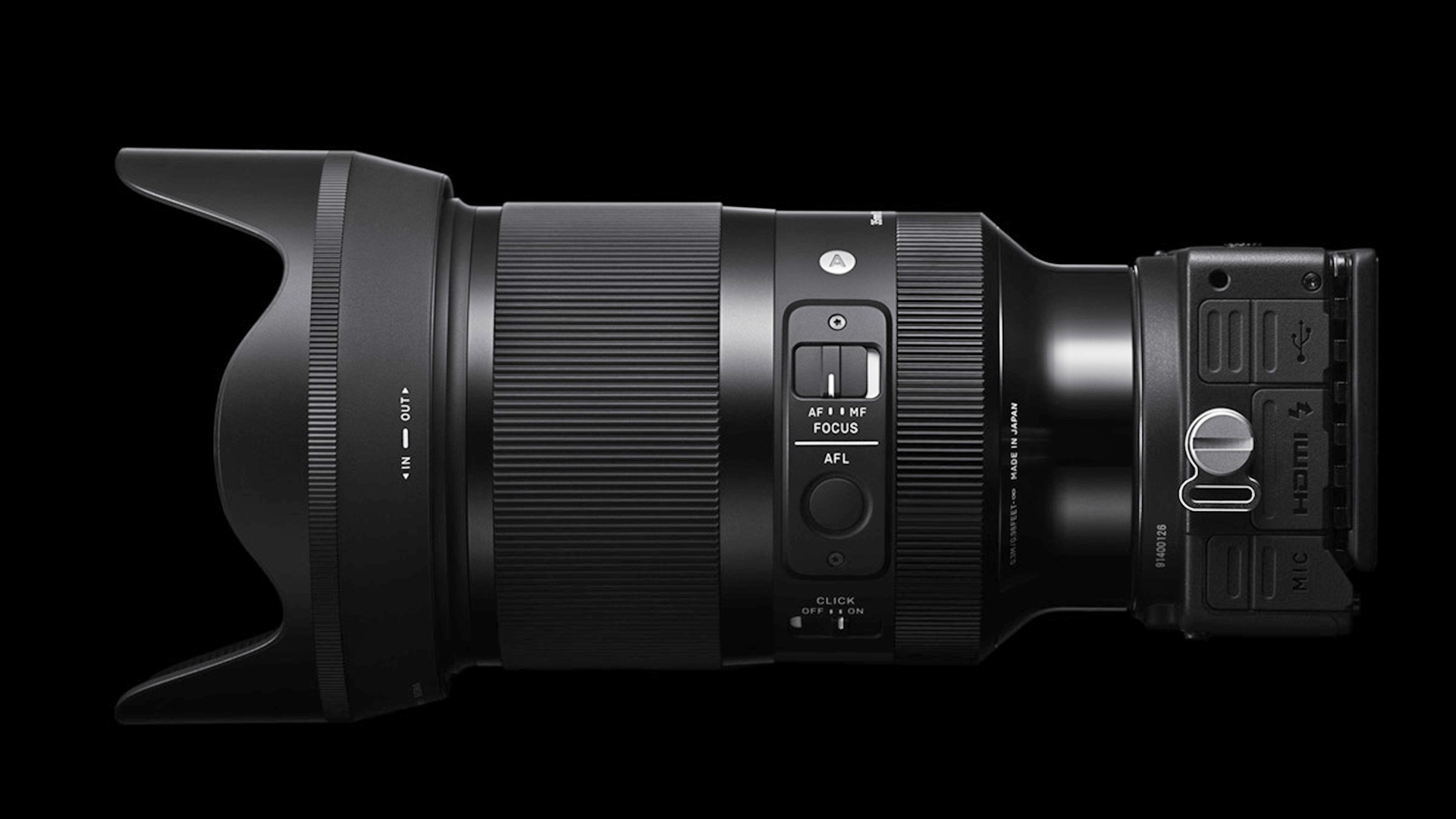
Review: Beauty is more than skin deep. The Sigma 35mm f1.2 DG DN lens certainly looks beautiful, but can it produce the goods picture wise?
I’ve never owned a 1.2 lens, the closest I ever got was a 50mm F1.4 (also by Sigma) for my old Sony A900. So when I got the chance to try out Sigma’s 35mm Art lens I jumped at the chance. Let me start out by saying that this is not typically a focal length I would gravitate towards, I love the light gathering ability of a 1.2 lens and of course the narrow depth of field. But as most of my work involves close up photography and videography a 35mm prime is not top of my shopping list, professionally speaking.
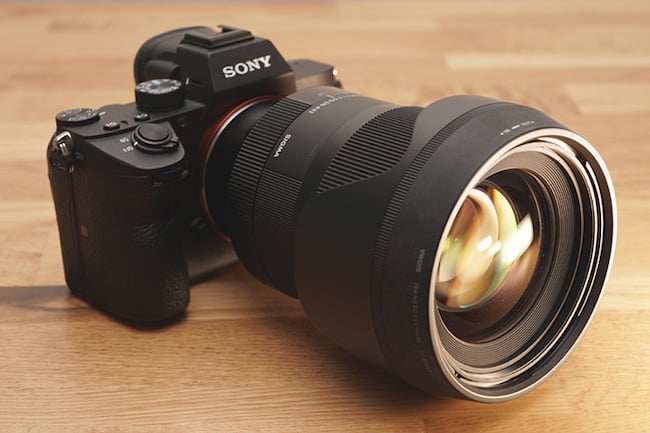
This lens is priced at £1459 and when removing it from the box you can’t help but be impressed by the sheer weight and build quality. It’s part of Sigma’s ART range and is a wonder to behold. It’s a weather sealed design and is built with a front element which has an oil repellent coating. As I’ve mentioned this means that this is no lightweight lens as it comes in at 1.090Kg, which also means on smaller camera bodies you feel like you’re mounting the camera to the lens rather than the other way round. The body mounted buttons are limited to only an AF/MF switch, an auto focus lock button and a click off and on switch, but there’s no need for anything else.
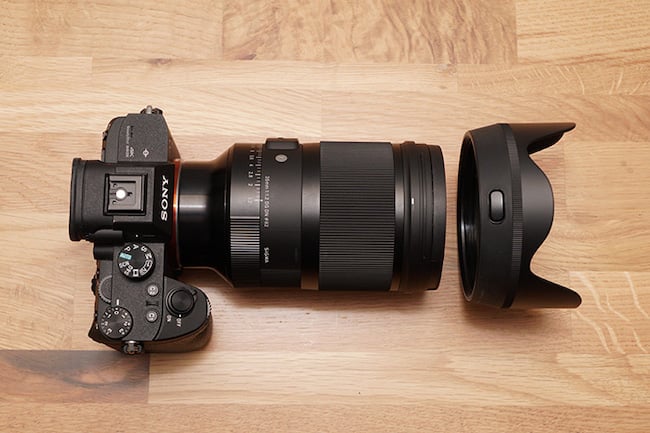
The ability to de-click the iris brings significant benefits to video shooters as there is no visual flicker when adjusting the iris ring on the fly, something that tends to give away the nature of the lens/camera combination on playback. The front element has an 82mm thread for filters and is non-rotating. Included is a petal shaped lens hood which incorporates a release button. This very easy to forget as when the hood is mounted the button ends up being at the top or bottom of the lens (the 12 or 6 position) and doesn’t fall naturally to where your fingers rest (9 and 3). The hood itself is plastic but has a rubberised section near the base to help with handling. This is probably the only aspect of this lens that I’m not sold on, the rubber sections are very prone to picking up dust.

Bokeh with lights
The iris ring itself runs from f1.2 to Auto, ending it’s effective iris at f16. It has an 11 bladed aperture and the ring itself is nicely knurled beyond the markings, which makes it easy to adjust with your fingers or an attached gear. The focus ring is similarly knurled and because it’s coupled via a servo the focus throw is huge.
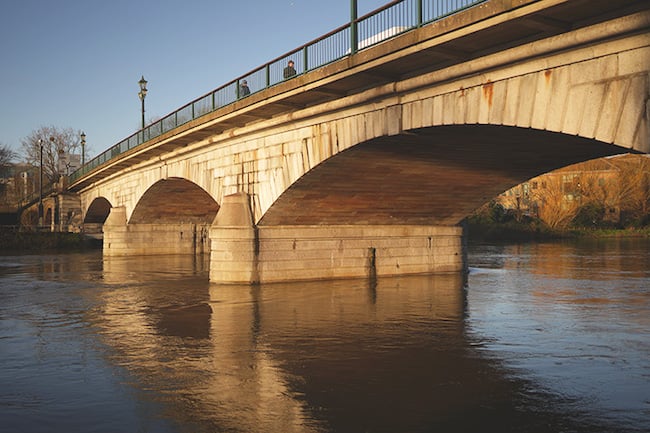
The fly-by-wire system can become an issue in manual focus mode as you need 2 turns of the ring to adjust focus from infinity to closest focus. This is not something that can be achieved quickly but on the other hand it’s fantastic for very fine focusing. What’s slightly surprising is that the closest focus distance for this lens is 30cm, meaning that the working distance is from around 10cm. Whilst not a macro lens in any normal sense it can give you some interesting pictures when you combine the short working distance and the f1.2 maximum iris. Although almost all work within these parameters means that a tripod is recommended as the depth of field ends up being around 5mm. There is some noticeable fall off in terms of light when shooting wide open, as you might expect this gets significantly better when stopping down the iris.
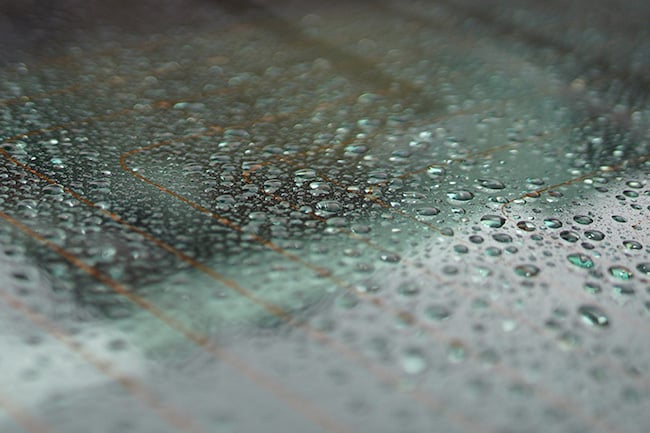
The autofocus is quick for stills for and for video work the autofocus mechanism is virtually silent. Not instantaneous in my usage but that very much depends on the camera that it’s being used with (a Sony A7III in my case).
From a bokeh perspective at f1.2 the central area of the sensor and rays entering the center of the iris produce nicely rounded highlights. Anything beyond the central position ends up with slightly compressed circles as you can see in one of the examples here. The flare characteristics are well controlled, with the Super Multi Layer coating, even when shooting into direct sunlight through trees I was hard pressed to spot anything that looked unnatural. There is some purple fringing apparent on fine details when the iris is wide open but this can be corrected and it can be greatly reduced by stopping down to f5.6.
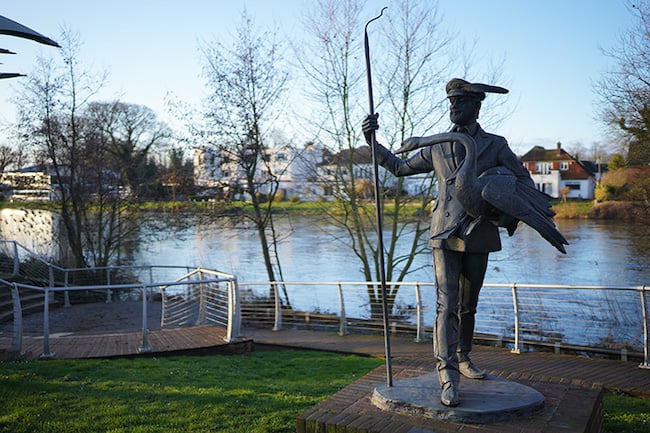
There’s always something very appealing about producing images that the eye cannot, in this case a wide field of view with a narrow depth of field, giving the focal point a way of standing out (deliberately trying to avoid the term over used term ‘pop’ here). The out of focus areas exhibit a drop off with a similar longitudinal blur to much more expensive anamorphic lenses when used for video capture.
I love this lens, I love the images it produces the colour rendering and contrast are excellent as is the build quality. Shooting handheld for extended periods can be a challenge down to the weight which can be a limiting factor. If you absolutely have to have the fastest 35mm lens for your camera then there is only one choice.
In summary, I would not have considered this lens as a viable purchase before trying it out, my head tells me that I shouldn’t be looking to own this lens but my heart says otherwise.
Tags: Production

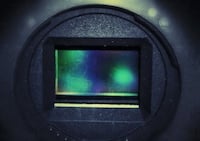
Comments